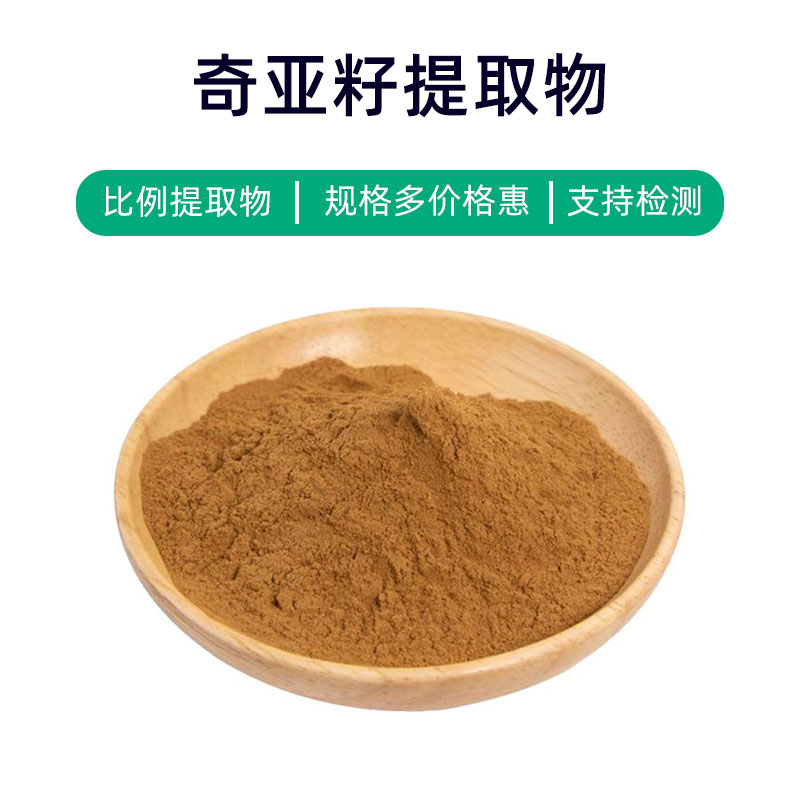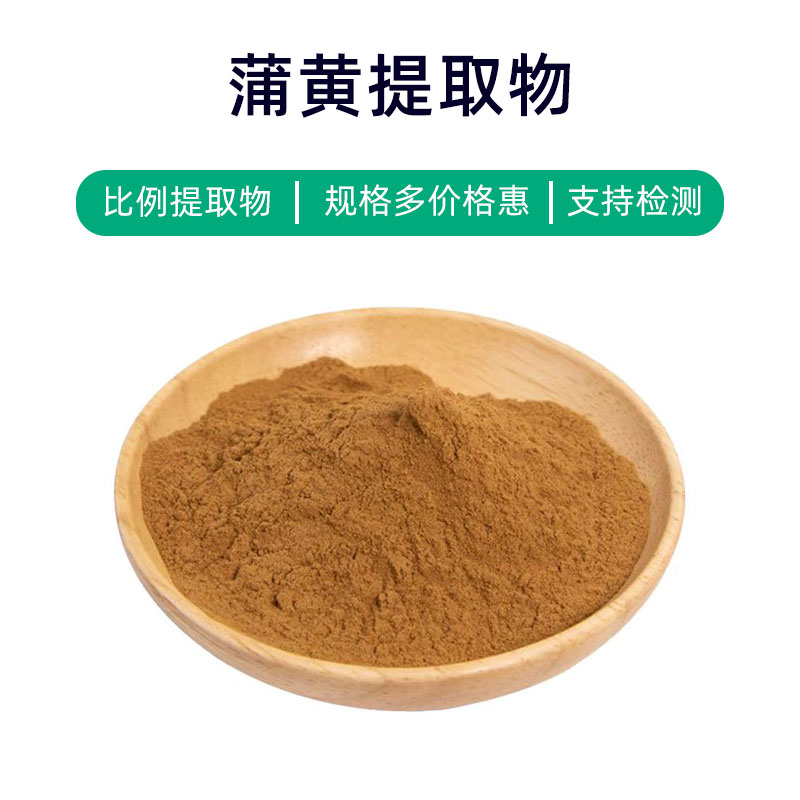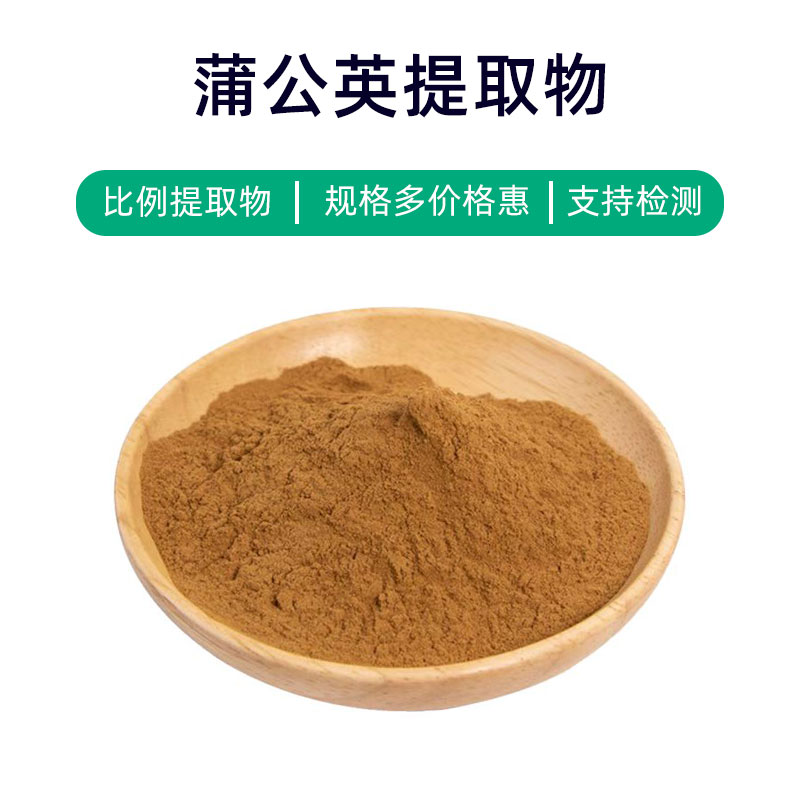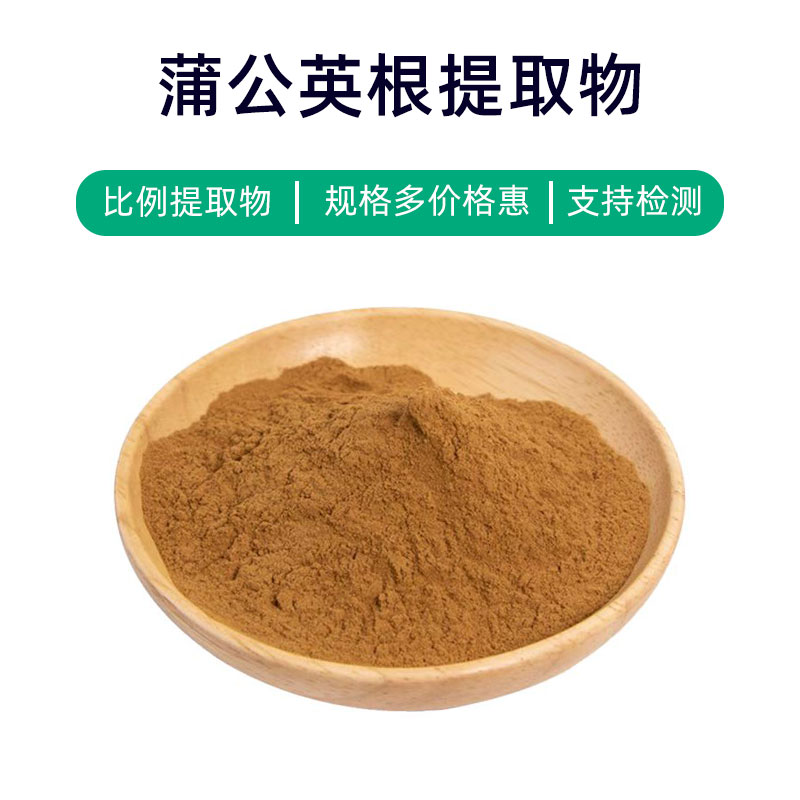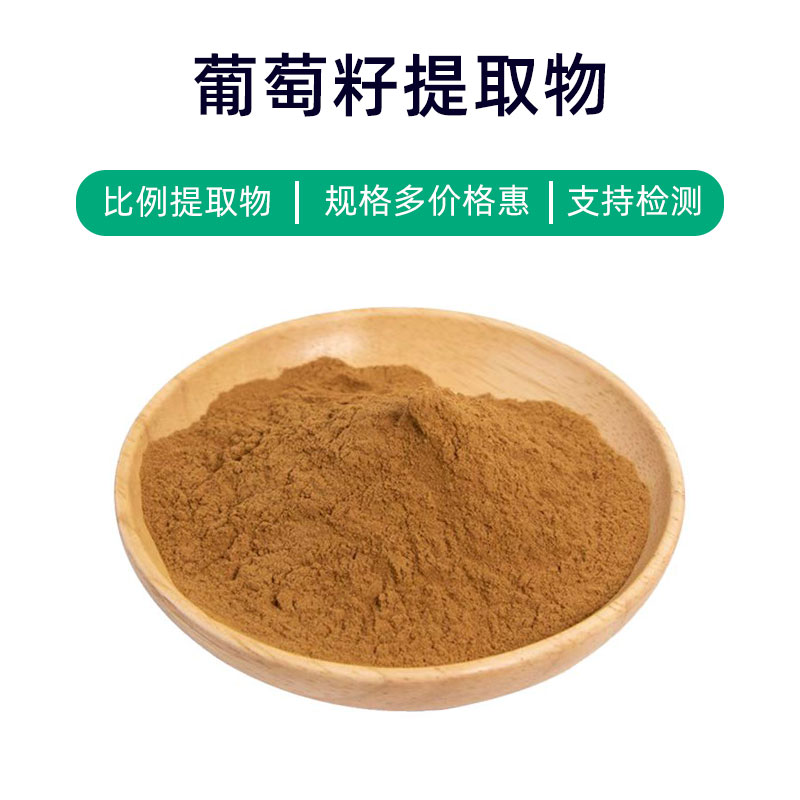Product Introduction to Heartleaf Extract
Heartleaf extract is a natural plant extract derived from the roots of the Heartleaf (Polygonum multiflorum) plant. Its main components include adenosine, flavonoids, fatty alcohols, and polysaccharides. These ingredients have various effects, including antioxidant, anti-inflammatory properties, promoting blood circulation, and nourishing hair and skin.
Heartleaf extract is extensively applied in the fields of medicine, dietary supplements, and cosmetics. In medicine, it is commonly used to improve liver function, regulate blood lipids, and protect cardiovascular health. As a dietary supplement component, it can enhance immunity, slow aging, and boost the body's antioxidant capacity. In cosmetics, it is frequently included in skincare and hair care products to moisturize, repair damaged hair, and improve shine.
Overall, Heartleaf extract, as a natural plant extract, possesses multiple effects and has promising applications in medicine, dietary supplements, and cosmetics.
Production Process of Heartleaf Extract
The production process of Heartleaf extract typically involves the following steps:
- Raw Material Preparation: Start with fresh Heartleaf plant roots as the extraction material. The selection and quality of the raw materials significantly affect the final product quality.
- Cleaning and Processing: Clean and process the harvested Heartleaf roots to remove impurities, dirt, and other contaminants, ensuring the safety and cleanliness of the raw material.
- Crushing and Preliminary Extraction: Crush the cleaned Heartleaf roots into suitable particles for extraction. Then, use an appropriate solvent (e.g., ethanol or water) for preliminary extraction to dissolve the active components from the plant.
- Concentration of Extract: Concentrate the obtained extraction liquid, generally using distillation or concentrators to remove excess solvent, resulting in a concentrated extract.
- Purification and Filtration: Refine the concentrated solution through filtering and other processes to remove suspended solids and impurities, increasing the product purity and quality.
- Drying and Milling: Dry the purified extract to convert it into a powder form, facilitating further packaging and use.
- Quality Inspection: Conduct quality inspections on the final Heartleaf extract product, assessing appearance, physicochemical properties, and active ingredient content to ensure compliance with relevant standards and regulations.
- Packaging and Storage: Finally, package the Heartleaf extract that meets quality standards, labeling and storing it appropriately. Typically, this involves sealed packaging stored in a dry, cool environment to maintain stability and efficacy of active components.
Effects and Side Effects of Heartleaf Extract
Heartleaf extract is a commonly used traditional medicinal herb with multiple effects and benefits, mainly including:
- Cardiovascular Health: Heartleaf extract is believed to help regulate cardiovascular function, promoting blood circulation, lowering blood pressure and lipids, and preventing cardiovascular diseases.
- Anti-inflammatory and Analgesic: Rich in active ingredients, Heartleaf extract exhibits anti-inflammatory and pain-relieving properties, alleviating inflammation and pain, useful in the auxiliary treatment of rheumatoid arthritis and similar conditions.
- Antioxidant: Heartleaf extract is rich in various antioxidants, helping to eliminate free radicals in the body, slow down cellular aging, and protect cells from oxidative damage, contributing to overall health.
- Anti-depressant and Sleep Improvement: Heartleaf extract is thought to possess anti-depressant and calming effects, helping to alleviate anxiety and depression, improve sleep quality, and enhance quality of life.
- Anti-tumor: Certain components in Heartleaf extract have demonstrated anti-tumor activity, inhibiting tumor cell proliferation and spread; however, further clinical research is needed to confirm its efficacy.
Heartleaf extract is generally considered safe, but several points should be noted during use:
- Dosage Control: Follow the advice of a healthcare professional or product guidelines for dosage to avoid excessive use.
- Allergic Reactions: Some individuals may be allergic to components in Heartleaf extract. Observe for any allergic reactions, such as rashes or swelling, especially on the first use.
- Long-term Use: Long-term or high-dose usage may lead to adverse effects on liver and kidney functions, so always follow medical advice to prevent misuse.
In summary, while Heartleaf extract boasts many benefits, it should be used cautiously according to professional guidance to prevent side effects.
Application Scenarios and Dosage of Heartleaf Extract
Heartleaf extract offers significant value across pharmaceuticals, food products, and cosmetics. Here are the main application scenarios and dosages:
- Pharmaceuticals:
- Cardiovascular Drugs: Due to its role in regulating cardiovascular function, Heartleaf extract is often used in formulating cardiovascular medications, such as antihypertensives and lipid-lowering drugs.
- Anti-inflammatory Analgesics: As a natural anti-inflammatory agent, it is commonly used in the development of medications for arthritis and rheumatoid arthritis.
- Anti-depressant Medications: Some studies suggest Heartleaf extract may alleviate depressive symptoms, positioning it as a possible ingredient in anti-depressants.
Dosage: Typically, Heartleaf extract is consumed in the form of pills, oral liquids, or traditional decoctions, with dosages based on specific circumstances and product instructions.
- Food Products:
- Health Supplements: Rich in beneficial components, Heartleaf extract is used to formulate cardiovascular health supplements, such as vascular cleansers and hypertension teas.
- Functional Foods: Given its antioxidant and anti-inflammatory properties, it may also be found in functional foods, like antioxidant herbal drinks.
Dosage: The amount used in food is usually low to comply with food safety standards, with exact dosages determined by manufacturing processes and product requirements.
- Cosmetics:
- Skincare Products: Due to its antioxidant and anti-inflammatory benefits, Heartleaf extract is often used in skincare products, including masks and lotions that promote healthy skin.
- Hair Care Products: It can also be incorporated into shampoos and conditioners to address dandruff and scalp itchiness, helping to maintain healthy hair.
Dosage: In cosmetics, Heartleaf extract is generally added at low concentrations, with specific dosages based on the formulation and usage guidelines.
In conclusion, Heartleaf extract shows extensive potential for applications in pharmaceuticals, food products, and cosmetics; however, dosage control and compliance with regulations must be observed to ensure product safety and efficacy.
Overview of Heartleaf Plant: Source, Distribution, and Growth Environment
Heartleaf (Scientific Name: Centella asiatica), also known as cat’s claw, Tianqi, and gotu kola, is a common perennial herb belonging to the Apiaceae family. Below is an overview of the plant from which Heartleaf extract is derived, including its distribution and growing conditions:
- Plant Overview:
Heartleaf plants are creeping in growth habit, with thin, elongated stems, round or oval leaves that have serrated edges, and longer petioles. When in bloom, the flower stems stand upright, with small white flowers clustered in the leaf axils, typically blooming for an extended period during spring and summer. - Distribution:
Heartleaf is native to Asia, Africa, and Oceania, found in regions like India, Sri Lanka, Malaysia, and Indonesia. In China, it is widely distributed throughout Jiangsu, Zhejiang, Hubei, Hunan, Guangdong, Guangxi, and regions such as Taiwan and Hong Kong. - Growth Environment:
Heartleaf thrives in moist conditions, often found near streams, riverbanks, fields, and slopes. It adapts well to various soil types, growing in sandy soil as well as loam and marshy areas. Heartleaf prefers moderate sunlight, thriving in semi-shaded, humid environments.
Heartleaf grows quickly in suitable conditions and shows strong reproductive capabilities, often utilized by local populations as a medicinal or edible plant. Its extract is valued for its rich active components and wide applications in medicine, dietary supplements, food, and cosmetics.
Processing and Storage of Heartleaf Extract
Processing Heartleaf extract typically involves the following steps: initially harvesting the above-ground parts of the Heartleaf plant, followed by preliminary washing and processing to remove impurities; next, extracting the active components using methods such as water or ethanol extraction; upon completion, purifying the extract through filtration and concentration, resulting in pure Heartleaf extract. Finally, the extract undergoes drying to reduce moisture content, ensuring the product’s stability and quality.
For storage, Heartleaf extract should be kept in a cool, dry, and well-ventilated environment away from direct sunlight and heat. It is advisable to use well-sealed containers to prevent exposure to air, moisture, and contaminants. Additionally, avoid contact with toxic substances to maintain the product's quality and safety. Proper storage methods can extend the shelf life of Heartleaf extract and maintain the stability of its active components.
Monica Sun is a seasoned expert in the plant extraction industry with over a decade of experience in research and production. She specializes in the extraction and purification of plant active ingredients, focusing on driving innovation in natural product applications. Monica has participated in the development of multiple functional plant extracts, delivering high-value natural raw material solutions for the health food, pharmaceutical, and dietary supplement sectors.









